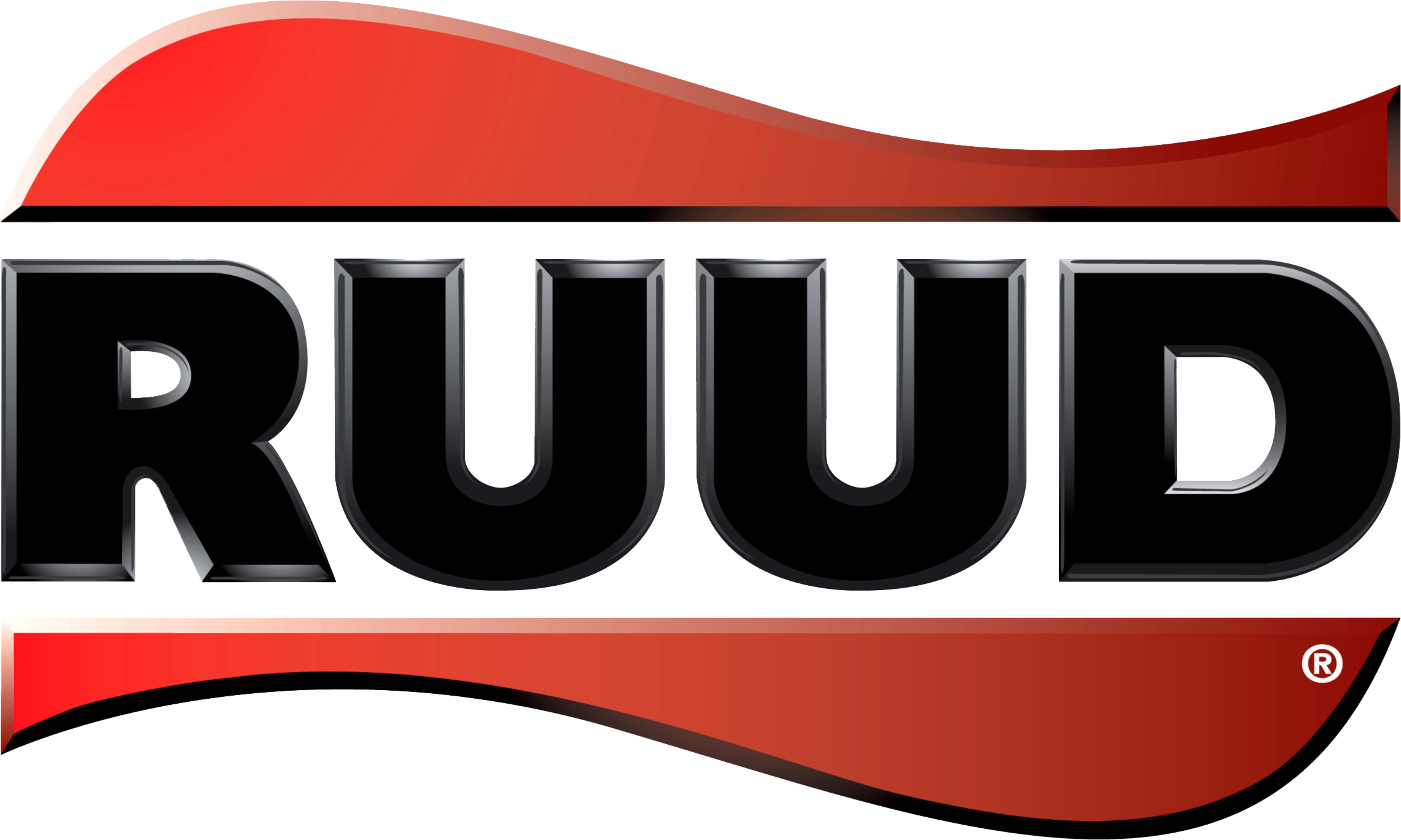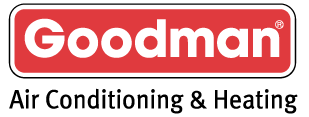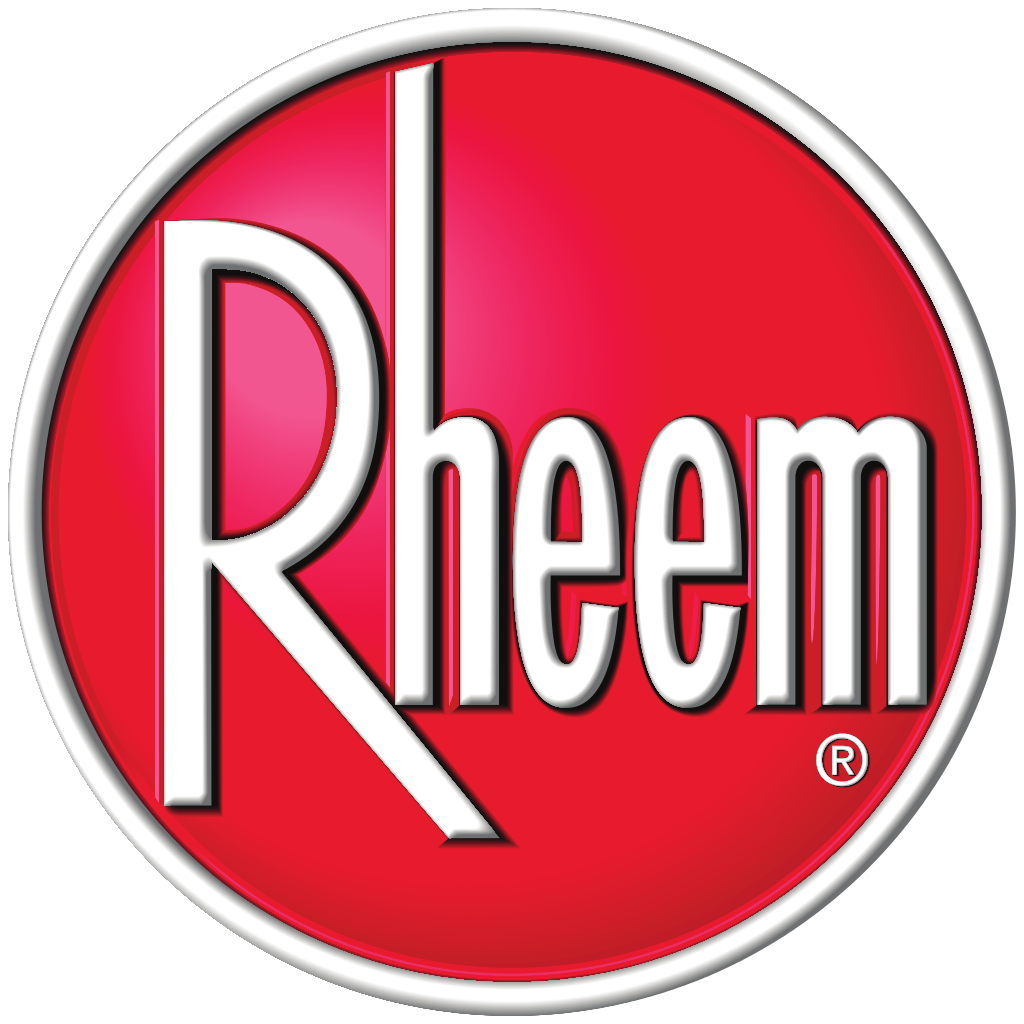When it comes to heating our home today there are many ways. Complete Plumbing Heating and Air provides heating repairs for homes from the 1920s to current, we will briefly discuss the types of heating systems to help homeowners identify their system.
Starting with the oldest to current:
GRAVITY FURNACE
This type of heating system was very popular in larger 1920’s homes. This system requires a basement to house the big heavy cast iron furnace. Space is also needed for the heat distribution system or ducting. The gravity furnace comprises of a large metal box to hold all the components, inside the box is another box referred to as a heat exchanger. Under the heat exchanger is a cast iron burner bar and gas control valve that heats up the heat exchanger. Once the heat exchanger warms up, the heated air rises which then floats upward through the heat distribution system (ducting) to the rooms or areas served.
The Pros- gravity furnaces provide comfortable, even heating. You do not get the dry nose and eyes that comes with forced air systems.
The Cons- Gravity heating systems are very energy inefficient. They utilize asbestos insulation on the duct system. They are very heavy and bulky with limited installation options. Gravity furnaces are no longer manufactured. Complete Plumbing Heating and Air does offer repairs for gravity furnace’s but parts are scarce. Usually does not have safety devices like a pilot generator, limit switch or thermocouple. Temperatures have to be controlled manually by a push button.
FLOOR FURNACE
This type of furnace was utilized a lot in the 1950’s. As homes became smaller and basements scarce, there wasn’t the room for free-standing gravity furnaces. The floor furnace was born. The operation is identical to its predecessors but in a much smaller package installed in the floor on either side of a wall or in some cases in an open floor area.
The Pros- Floor furnaces provide comfortable, even heating in the area they are installed. You do not get the dry nose and eyes that comes with forced air systems. Simple operation with less parts that can fail. Does not utilize ducting to distribute heat.
The Cons- Very energy inefficient. Can be dangerous because the unit is installed in the floor and can get very hot, small children or people walking over it can get burned. Limited safety devices. Temperatures are controlled manually with gas valve rods, some newer models incorporate millivolt thermostats.
WALL FURNACE
This furnace operates like the floor and gravity furnaces with the exception it installed in a wall cavity. The burner compartment is located below a long, vertical heat exchanger that radiates then heat outward into the room.
The Pros- Wall furnaces provide comfortable, even heating in the area they are installed. You do not get the dry nose and eyes that comes with forced air systems. Simple operation with less parts that can fail. Does not utilize ducting to distribute heat. Comes with safety devices like a pilot generator and limit switches. Usually utilizes a thermostat to control temperature.
The Cons- Very energy inefficient. Can be dangerous because the unit is installed in the wall and can get very hot, small children or people that touch it can easily get burned. Biggest safety issues are cracked heat exchangers which can produce carbon monoxide poisoning and have contributed to many deaths.
Forced Air Gas Furnace- This is the current type of furnaces used today. Like its predecessors it utilizes a gas burner assembly and metal heat exchanger to produce heat at the unit. It then incorporates a blower motor assembly to force the warm air through an air distribution piping system referred to as ductwork to serve various areas in the home. This type of technology comes in various energy efficiencies from 80% efficient to 97%. Forced air furnaces also have options for blower motors; Variable speed blower motor, Multi speed blower motors and Single speed blower motors.
The Pros- Forced air gas furnaces can be installed in multiple applications such as Up flow and Horizontal, closet, basement and attic. Can be highly energy efficient up to 97% which means that up to $0.97 of gas used is going to heat your home with only $0.03 of each dollar being wasted. Furnaces with Variable speed blower motors can be ultra-quiet and use the same amount of electricity as a 100 watt light bulb. These units have a plethora of safety devices to reduce the risks of fire and health issues.
The Cons- Forced air furnaces utilize the latest technologies available and are always improving. This can make repairs and servicing complicated and should only be performed by qualified factory trained technicians. High technical gauges and meters are needed to analyze malfunctions. As of October 1st 2019 the AQMD mandated all furnaces sold OR installed in certain zones be very low emissions referred to as Ultra Low NOX. These new furnaces are super complicated and require a special testing meter to set gas pressures and measure gases emitted. Complete Plumbing is ready for the new Ultra Low NOX furnaces with completed factory training and the new combustion analyzer and digital dual monometer.
AIR HANDLER FAN COILS
This type of heater utilizes a refrigerant coil and blower motor combined with a heat pump air conditioning condensing unit (click to air conditioner page) to heat.
The Pros- Simple design and operation with not many parts to fail. Quiet operation, can be installed in attics, basements and closets. Great for applications where natural gas is not available. Offer same blower motor options as a gas fired furnace.
The Cons- Can be more costly to operate because natural gas is usually less expensive than electricity. 220V electrical power is needed to operate unit. Emergency electric strip heat is required in many applications.
Complete Plumbing Heating and Air has been servicing and installing all types of heating systems for many years. We have extensive knowledge in application and design. Call us today for a free evaluation!








